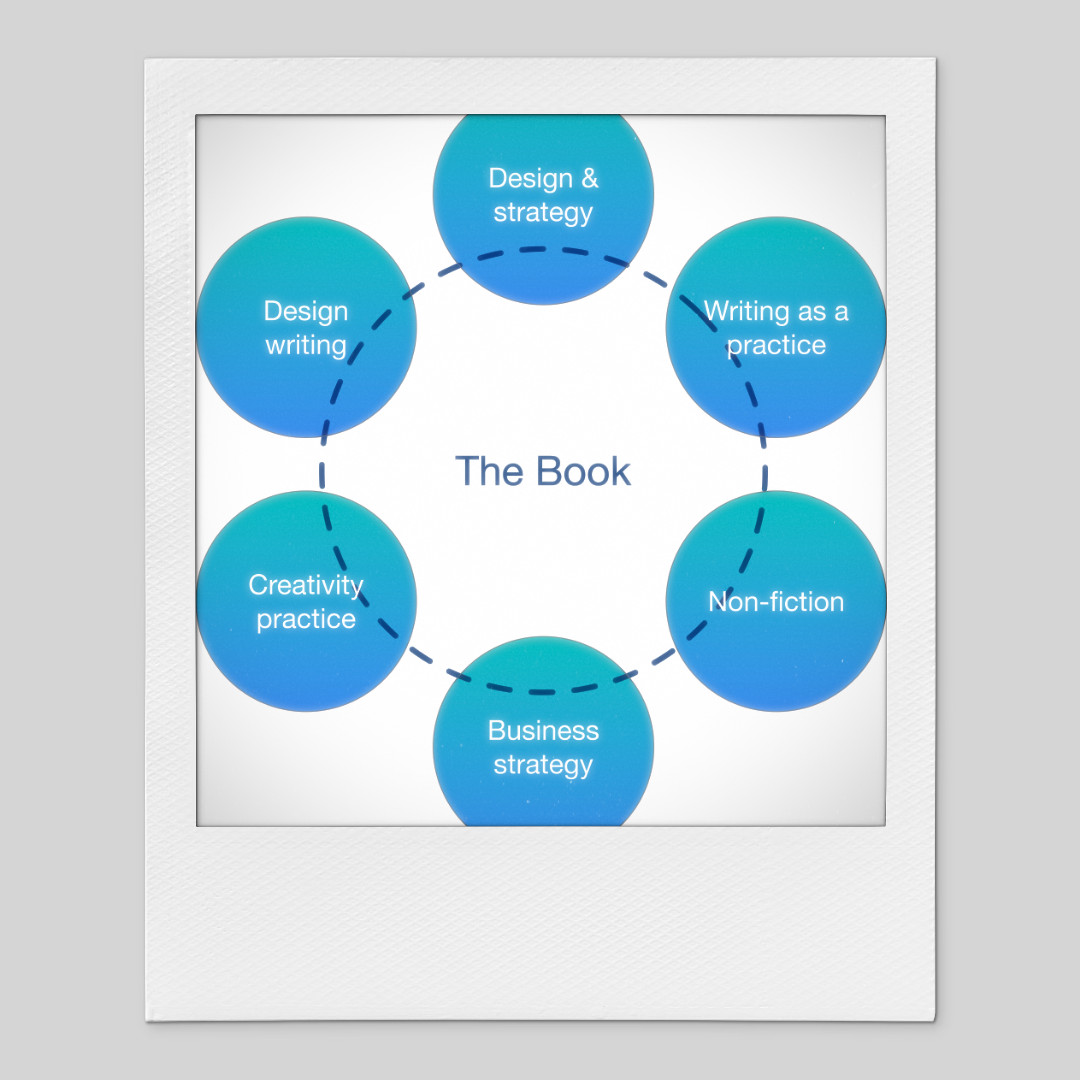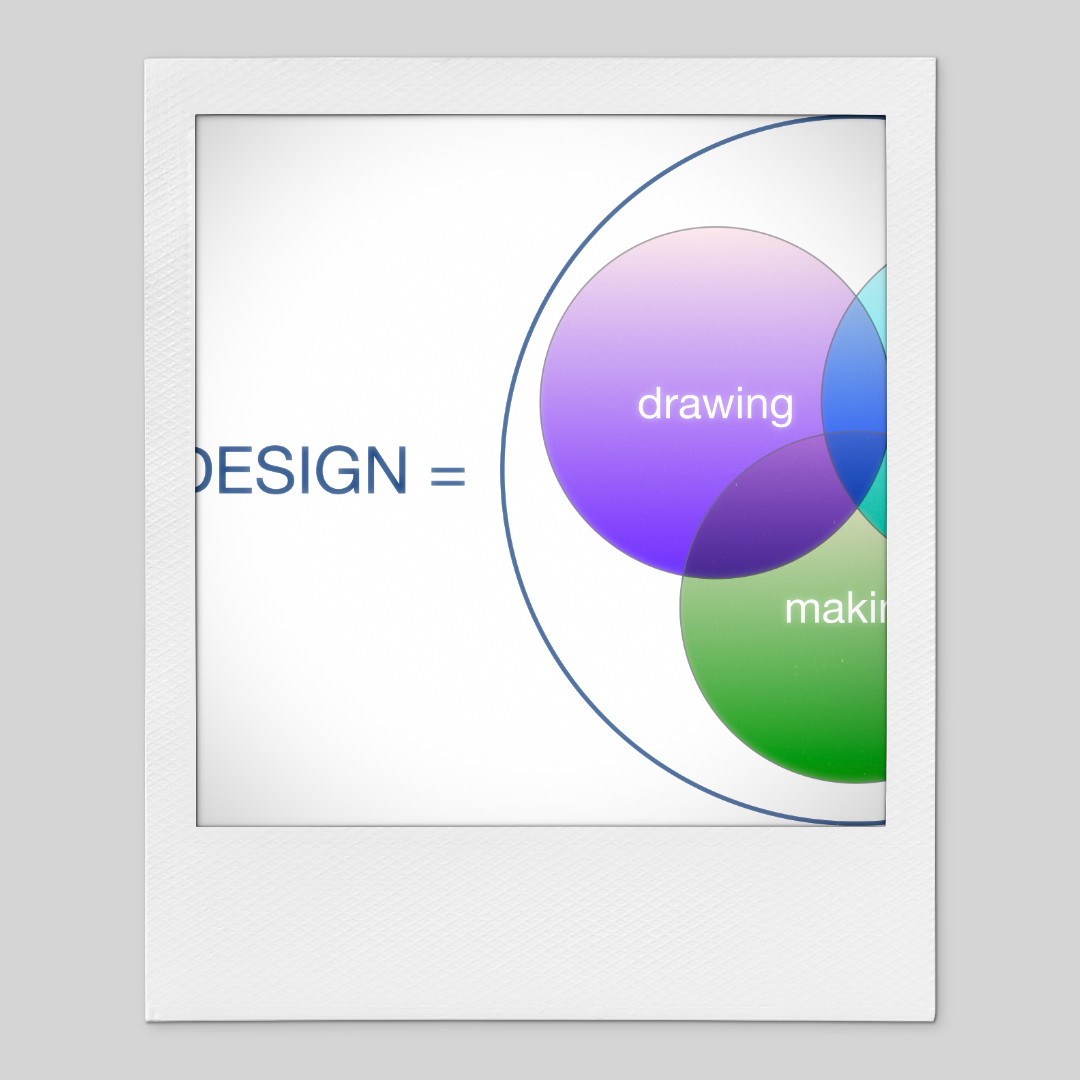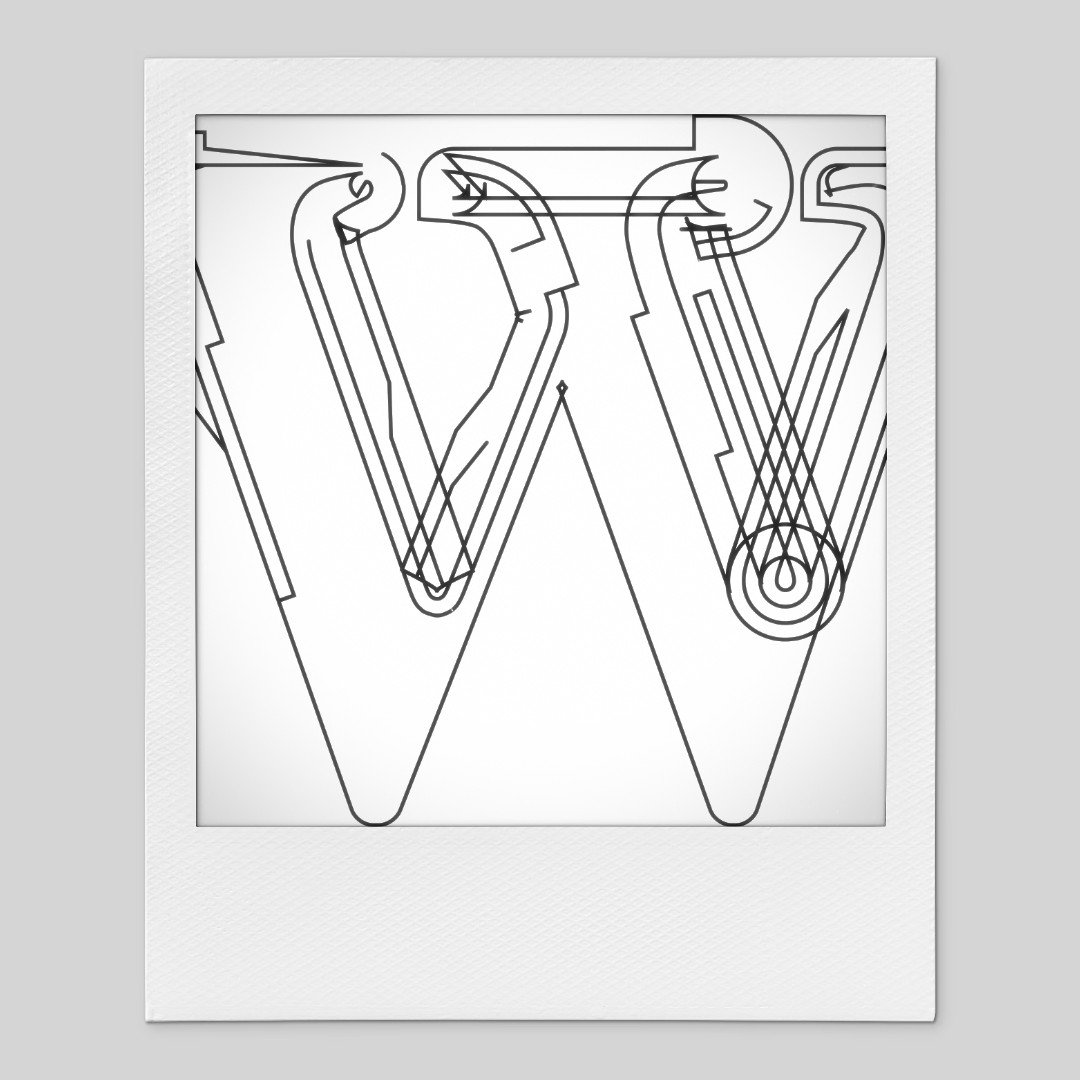In "Signal. Image. Architecture.," John May argues that traditional drawing in architecture has been overtaken by technics of imaging since the advent of software like AutoCAD. He highlights that contemporary architectural practices are now focused on digital image creation, detaching from the hands-on skill of drawing. This shift has left younger architects with no familiarity with manual drawing techniques, reflecting a broader change in technical production methodologies.
This evolution signifies the replacement of orthographic production's historical and temporal relationships with a new culture centered on imaging. Despite the persistent, hand-crafted nature of architecture, the industry still relies on two-dimensional representations derived from digital models, awaiting a future where digital constructs play a direct role in building processes. In this context, senior practitioners strive to instill an understanding of traditional orthographic documents and their relevance, even as digital tools dominate.
The book prompts reflection on whether the analogy of ‘drawing with words’ still holds validity in a digital-first design landscape. It questions whether such analogies remain meaningful in a world where traditional drawing practices are essentially obsolete. This contemplation acknowledges the complexities and ongoing transitions within the field of architecture.
Read more...The book is designed for anyone who has been through architecture or design school, whether or not they have achieved licensure or registration. It emphasizes that many who complete architecture programs don't become formal architects, but can still carry a deep passion for the art of architecture. This passion and experience can be a foundation for exploring other creative and professional avenues.
Unregistered professionals can view their provisional status either as a limitation or as an opportunity. Instead of feeling inadequate without the official title, they can see the lack of definition as a chance to explore limitless possibilities in their design and creative work. The book encourages leveraging the uncertainty and undefined status to discover unique personal and professional identities.
For those who endured the rigorous critique and challenges of architecture school, the book offers a blueprint for harnessing their design passion in a new medium. It doesn't aim to replace the traditional aspects of architecture but to add another dimension to it through language, writing, and text. The goal is to reignite the desire to create and transpose it into a form where one can "draw with words."
Read more...












